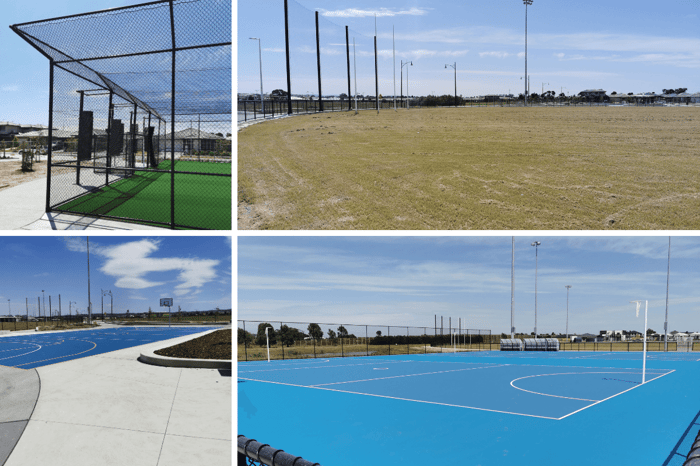Sport has always been at the heart of Australians way of life. And the challenges brought by 2020 reinforced this culture and led to new and different expectations towards sport.
Sports facilities are not only seen as places to play sports anymore. They are also seen as places that the broader community can use at their leisure. Places where communities can create and build meaningful connections through various social interactions, both on and off the field.
One great example is golf courses. Being such amazing sport surfaces - with beautiful landscapes and flora - they quickly became very popular during lockdowns, as they offered the possibility to anyone (and not only golfers) to enjoy their grounds.
Contacted on this topic by the team from Place Design Group, Jarrod Hill, CEO & Director at SPORTENG, engaged with them on this shift experienced by sports facilities and how we can design Fields of Play that answer these new requirements.
What are the key challenges with community sports & recreation precincts in built-up suburban locations?
Outside the obvious, noise, traffic and light spill (at night) are key challenges in maintaining a playable surface all year round. Urban densification is resulting in higher intensity of use in our fields of play.
Fields of play built years ago were not designed to accommodate the increased usage, which leads to the surface not being fit for use. New or redeveloped fields need to ensure that they are adequately designed to cater for the increased usage.
How do you manage the expectations of the community who play sport versus those that don't when delivering a targeted sports & recreation precinct?
The key to designing a new facility is to make it something for everyone. There is a move away from facilities that are just designed for formalised sports. Informal fields of play elements such as Multi-Use Game Areas, half courts, etc., are becoming more common accomplices to formal sporting field elements to provide the community options for the use of the facility.
 Multi-Use Game Areas (acrylic basketball/netball court/FIFA endorsed synthetic grass soccer pitch/outdoor workout equipment/IAAF approved athletics running track) at Deakin University, Victoria.
Multi-Use Game Areas (acrylic basketball/netball court/FIFA endorsed synthetic grass soccer pitch/outdoor workout equipment/IAAF approved athletics running track) at Deakin University, Victoria.

Multi-Use Game Areas (natural turf AFL/cricket ovals/netball courts/pavilion/multi-use sporting enclosure/multi-general active space) at James Bathe Reserve for the Cardinia Shire Council, Victoria.
How important is it to engage with sporting and recreation groups to develop programming understanding before the design of a precinct?
It is not a case of build it, and they come. If you build something the community doesn't want or need, then there was no need for the project. Engaging with local groups and understanding the demographic of a community will help the designer understand the community needs.
With the increased desire for contactless technology and social distancing options in public spaces, what considerations are at play when creating a new/redeveloped complex concept?
This is a tough one, as sports by nature bring people together. Whether to play or to spectate and in most sports, social distancing is very difficult to achieve. However, off the field, we need to look at ways to accomplish this with the sudden changes in restrictions that can hit a state or a suburb within a day's notice.
One key consideration is looking at making facilities more permeable and having multiple entry and exit points instead of a single access point.
This interview is extract from Place Design Group's article, available on their website.
Return to the main blog post.

